Evidence In Injury Claims
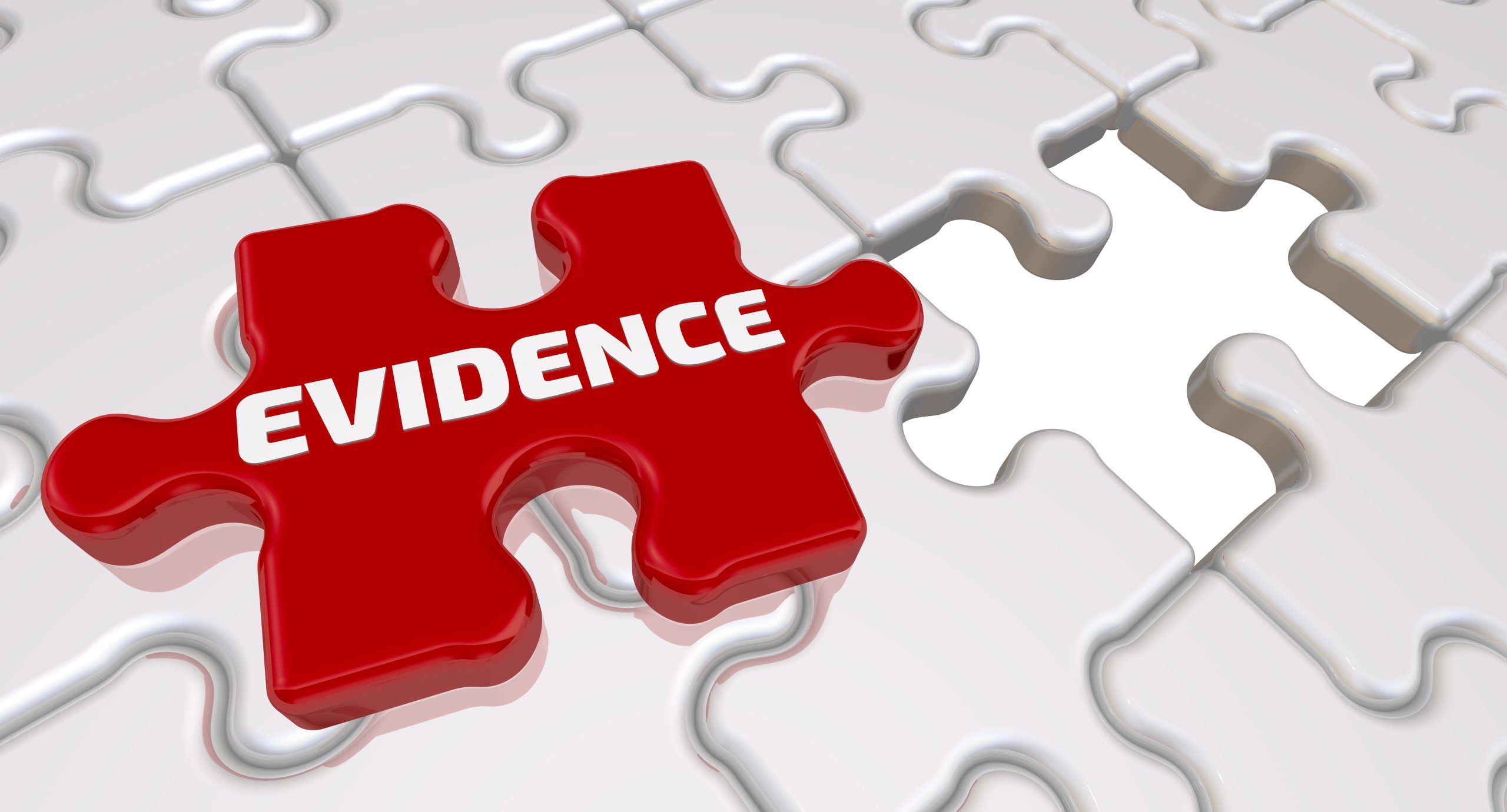 Suppose that you were severely injured because of another’s carelessness or recklessness. You may wonder how much evidence you need to win your personal injury lawsuit. Under New York law, plaintiffs in personal injury cases have the burden of proof. In other words, for the defendant to be held legally responsible, you must prove that they were negligent. Considering that insurance adjusters and jury members were not at the accident scene, your lawyer must use evidence to demonstrate your version of events. The outcome of your case will be highly contingent upon the quality of evidence you can provide. The more evidence your attorney has to substantiate the case, the higher your chances are of reaching a reasonable settlement or winning in court.
Suppose that you were severely injured because of another’s carelessness or recklessness. You may wonder how much evidence you need to win your personal injury lawsuit. Under New York law, plaintiffs in personal injury cases have the burden of proof. In other words, for the defendant to be held legally responsible, you must prove that they were negligent. Considering that insurance adjusters and jury members were not at the accident scene, your lawyer must use evidence to demonstrate your version of events. The outcome of your case will be highly contingent upon the quality of evidence you can provide. The more evidence your attorney has to substantiate the case, the higher your chances are of reaching a reasonable settlement or winning in court.
What Type Of Evidence Will Support My Case?
The first couple of hours and days following your accident are crucial for collecting and preserving evidence. Gathering evidence can seem stressful and daunting, especially if you need help knowing where to begin. Uncollected evidence can easily get lost or destroyed. Therefore, immediately after any accident, try to amass as much evidence as possible. Some common forms of evidence frequently used in personal injury lawsuits include:
 Buffalo Personal Injury Lawyer News
Buffalo Personal Injury Lawyer News


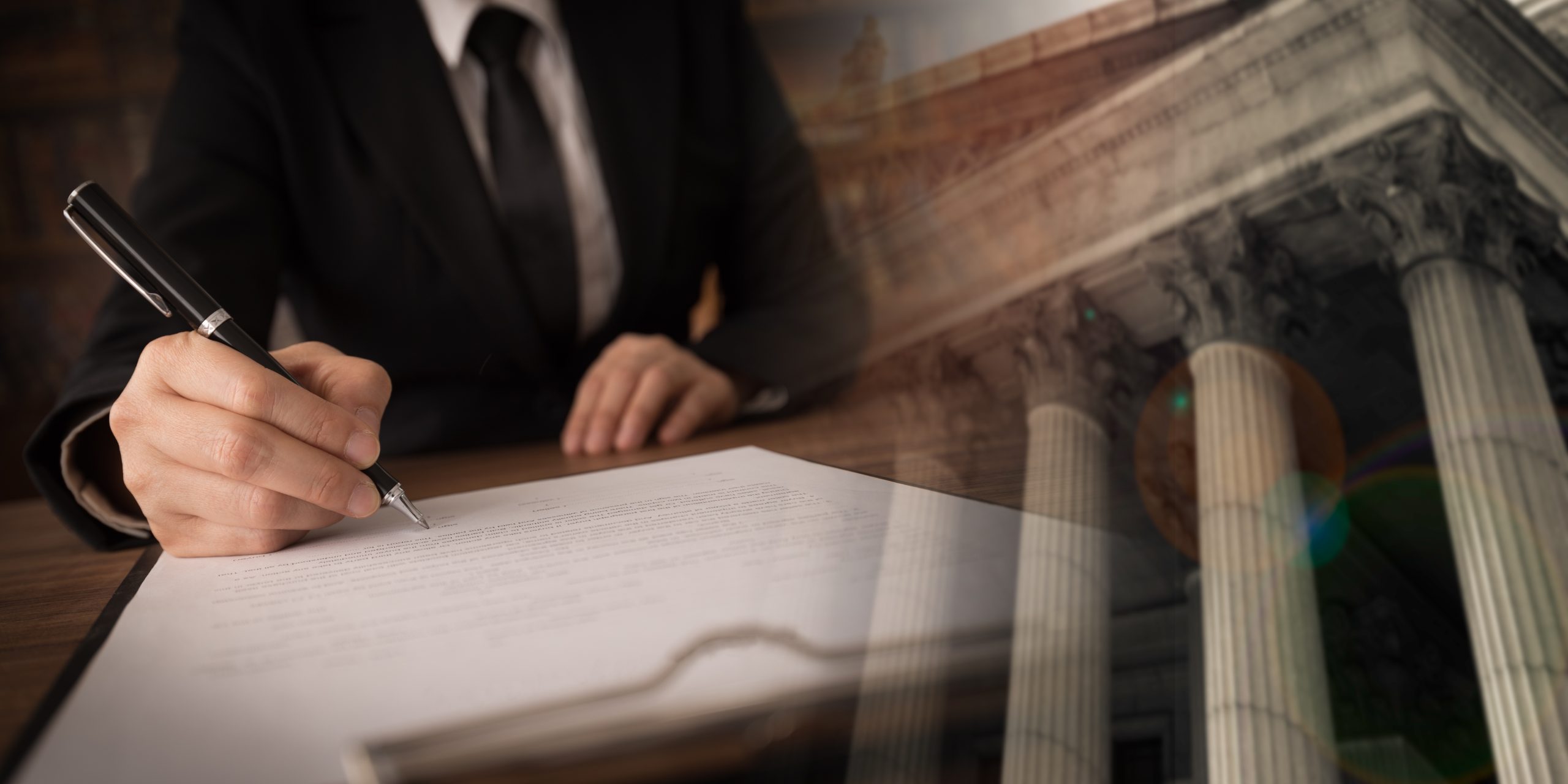 After suffering devastating injuries in any type of accident, you are likely feeling helpless and overwhelmed. If another’s carelessness or irresponsibility caused your injuries, you might be eligible to pursue a personal injury lawsuit. The Dietrich Legal Team’s veteran litigators realize that the litigation process may seem both complex and intimidating. Our lawyers believe that by helping you better understand the legal process, we can eliminate most of your stress and uncertainty.
After suffering devastating injuries in any type of accident, you are likely feeling helpless and overwhelmed. If another’s carelessness or irresponsibility caused your injuries, you might be eligible to pursue a personal injury lawsuit. The Dietrich Legal Team’s veteran litigators realize that the litigation process may seem both complex and intimidating. Our lawyers believe that by helping you better understand the legal process, we can eliminate most of your stress and uncertainty.  Whiplash is an injury to the neck that a violent, swift back-and-forth neck movement can cause. The neck is a highly vulnerable body part, which is left unprotected and unrestrained even when wearing a seatbelt. A car crash victim’s neck can be forcefully jerked or jolted back and forth. Consequently, whiplash is one of the most prevalent injuries suffered in collisions, especially by rear-enders. Whiplash injuries commonly result from slip and fall accidents, physical abuse, and sports mishaps. While most whiplash victims tend to recover within a few weeks of a treatment regime, some victims continue having chronic pain and other persistent complications.
Whiplash is an injury to the neck that a violent, swift back-and-forth neck movement can cause. The neck is a highly vulnerable body part, which is left unprotected and unrestrained even when wearing a seatbelt. A car crash victim’s neck can be forcefully jerked or jolted back and forth. Consequently, whiplash is one of the most prevalent injuries suffered in collisions, especially by rear-enders. Whiplash injuries commonly result from slip and fall accidents, physical abuse, and sports mishaps. While most whiplash victims tend to recover within a few weeks of a treatment regime, some victims continue having chronic pain and other persistent complications. 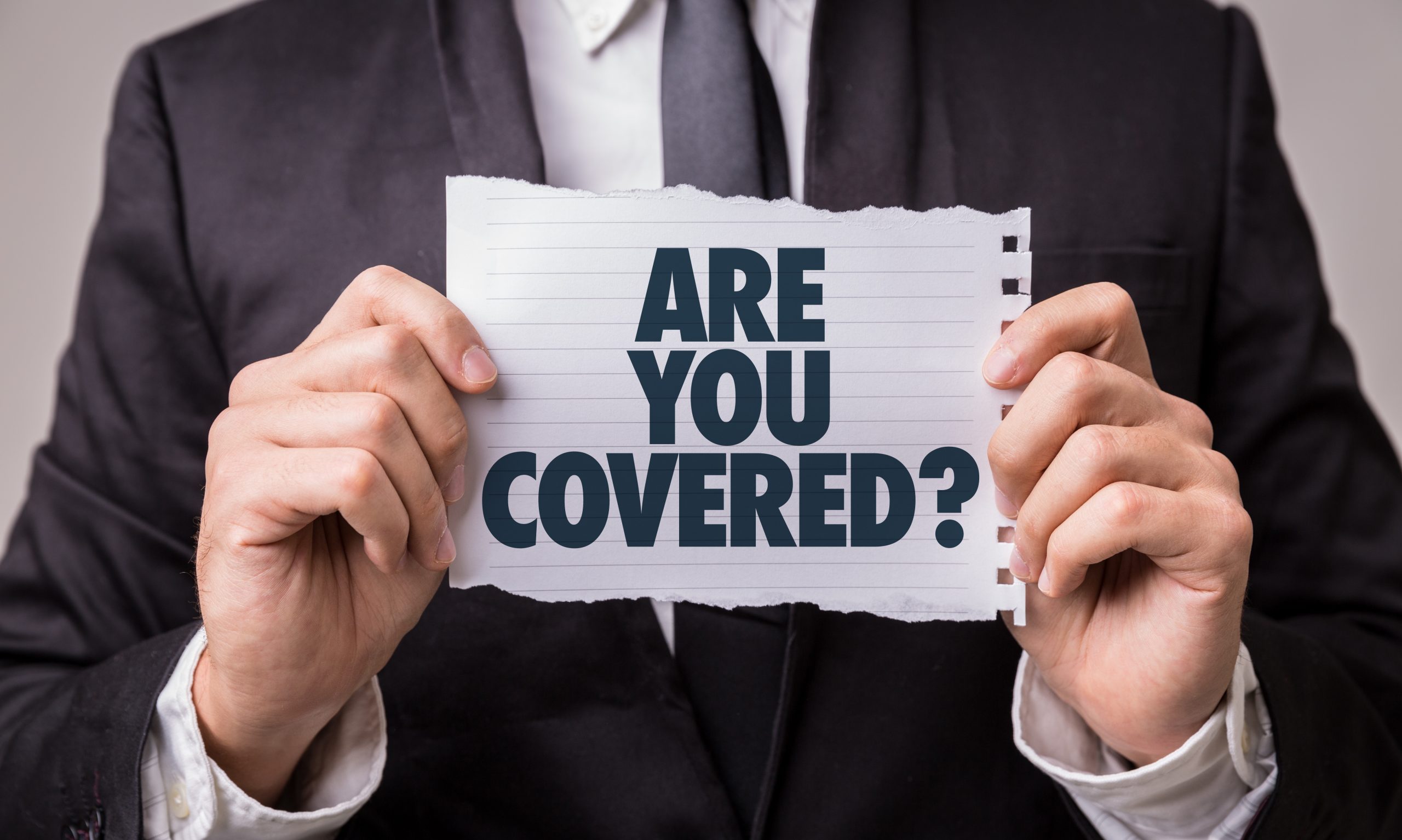 Each year, over 10 million victims are treated in emergency departments nationwide for home-related injuries. Fortunately, almost every homeowner carries insurance, and many tenants maintain renter policies. This type of insurance shields residential property owners against personal liability when someone else suffers bodily harm or property damage in an accident caused by the homeowner’s negligence. While homeowner’s insurance is typically regarded as protection against property damage, these policies also provide crucial liability coverage for guests’ injuries.
Each year, over 10 million victims are treated in emergency departments nationwide for home-related injuries. Fortunately, almost every homeowner carries insurance, and many tenants maintain renter policies. This type of insurance shields residential property owners against personal liability when someone else suffers bodily harm or property damage in an accident caused by the homeowner’s negligence. While homeowner’s insurance is typically regarded as protection against property damage, these policies also provide crucial liability coverage for guests’ injuries.  Motorcycles are a fast and convenient way to get around. These vehicles provide riders with many great benefits, such as more accessible parking, maneuverability, better gas mileage, and the ability to reach destinations faster. Many motorcyclists enjoy the excitement of riding on country roads because of the breathtaking scenery and open-air freedom. Other bikers love the challenge of riding through city traffic while commuting to and from work. Whether you are considering getting your Class M Operator’s License or you are an avid rider, it is imperative to familiarize yourself with some of New York State’s applicable laws. The Dietrich Law Firm P.C.’s seasoned motorcycle accident injury attorneys have compiled some essential information below.
Motorcycles are a fast and convenient way to get around. These vehicles provide riders with many great benefits, such as more accessible parking, maneuverability, better gas mileage, and the ability to reach destinations faster. Many motorcyclists enjoy the excitement of riding on country roads because of the breathtaking scenery and open-air freedom. Other bikers love the challenge of riding through city traffic while commuting to and from work. Whether you are considering getting your Class M Operator’s License or you are an avid rider, it is imperative to familiarize yourself with some of New York State’s applicable laws. The Dietrich Law Firm P.C.’s seasoned motorcycle accident injury attorneys have compiled some essential information below. When you hire a personal injury attorney to litigate your accident case, knowing that you have certain rights as a client is crucial. Strict standards of ethical and professional responsibility bind personal injury lawyers. The relationship between an attorney and their client should be based on confidence and trust. At the Dietrich Law Firm P.C., our battle-tested litigators believe in building strong relationships with our clients. We take the attorney-client relationship exceptionally seriously and are dedicated to treating every client with the respect, consideration, and compassion they deserve.
When you hire a personal injury attorney to litigate your accident case, knowing that you have certain rights as a client is crucial. Strict standards of ethical and professional responsibility bind personal injury lawyers. The relationship between an attorney and their client should be based on confidence and trust. At the Dietrich Law Firm P.C., our battle-tested litigators believe in building strong relationships with our clients. We take the attorney-client relationship exceptionally seriously and are dedicated to treating every client with the respect, consideration, and compassion they deserve.  Suffering injuries in any accident caused by another’s negligence or carelessness can have devastating consequences. Whether a foodborne illness, a car wreck, an attack by an unleashed dog, or a fall in an icy parking lot caused you harm, you may be having difficulty getting your life back on track. Victims of severe accidents are often forced to grapple with hospital bills piling up while unable to work or earn any income. With the severe bodily pain, emotional trauma, and financial challenges that victims struggle with, obtaining fair compensation is often the only way to bounce back. Damages refer to the compensation that a victim’s attorney can recover for them either through negotiating a settlement or trying the case to a verdict. Special, general, and punitive damages are the three primary types of personal injury compensation.
Suffering injuries in any accident caused by another’s negligence or carelessness can have devastating consequences. Whether a foodborne illness, a car wreck, an attack by an unleashed dog, or a fall in an icy parking lot caused you harm, you may be having difficulty getting your life back on track. Victims of severe accidents are often forced to grapple with hospital bills piling up while unable to work or earn any income. With the severe bodily pain, emotional trauma, and financial challenges that victims struggle with, obtaining fair compensation is often the only way to bounce back. Damages refer to the compensation that a victim’s attorney can recover for them either through negotiating a settlement or trying the case to a verdict. Special, general, and punitive damages are the three primary types of personal injury compensation. 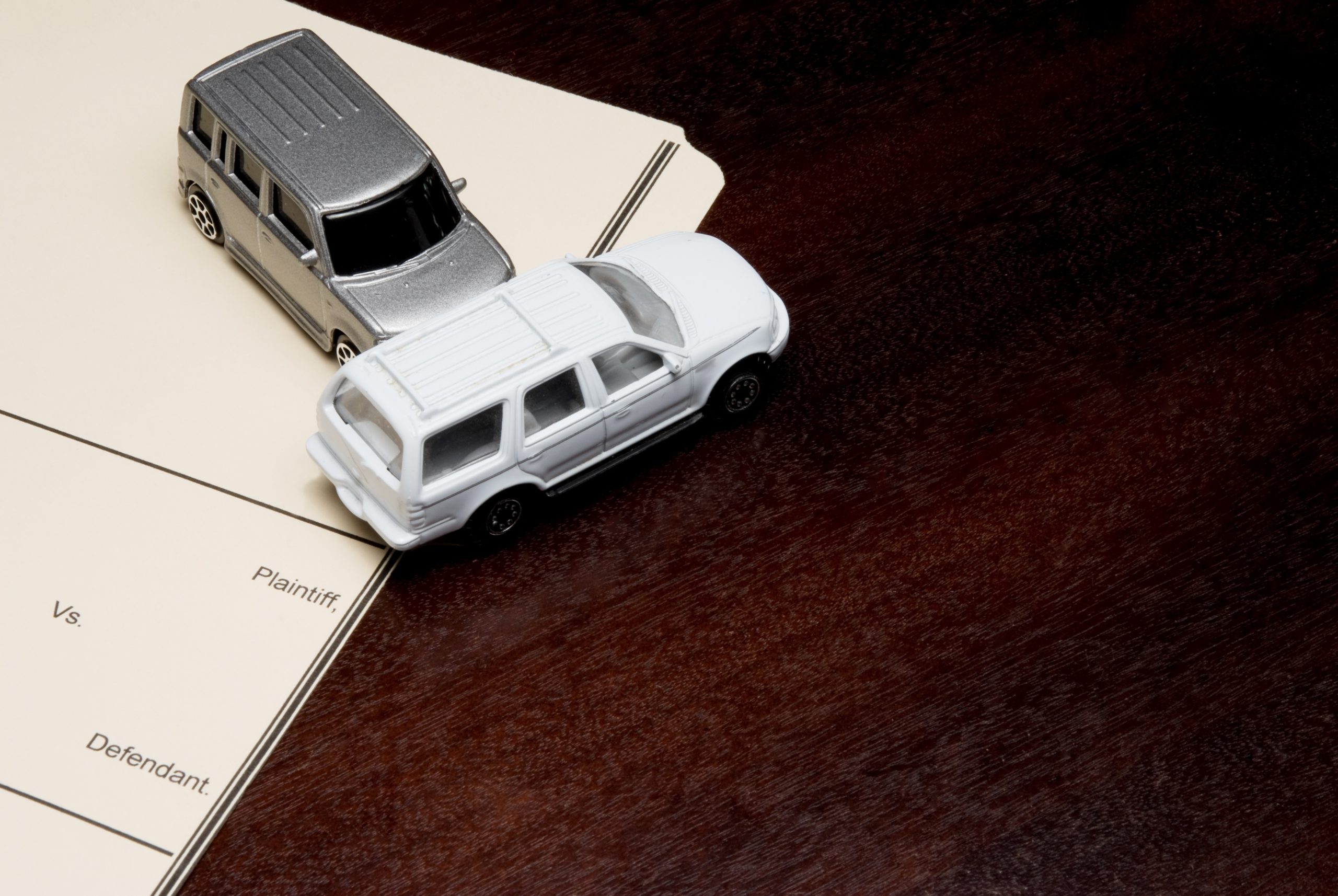 After being severely injured in an accident, you are likely feeling shocked and overwhelmed. If someone else’s negligence or recklessness caused your accident, you might be entitled to pursue a personal injury claim. However, litigation can be nerve-wracking, especially when you are still coping with devastating physical pain and emotional trauma. Even minor proceedings may seem complicated if you have never filed an insurance claim or pursued a lawsuit in court.
After being severely injured in an accident, you are likely feeling shocked and overwhelmed. If someone else’s negligence or recklessness caused your accident, you might be entitled to pursue a personal injury claim. However, litigation can be nerve-wracking, especially when you are still coping with devastating physical pain and emotional trauma. Even minor proceedings may seem complicated if you have never filed an insurance claim or pursued a lawsuit in court.  The word bellwether can be traced back to the 13th century when shepherds hung bells around the necks of some of their sheep to designate them as leaders. Similarly, bellwether trials are designed to track and monitor the potential results of a large group of lawsuits. They are test lawsuits that use individual claims originating from a group of widely contested lawsuits filed against the same party. When hundreds or even thousands of lawsuits are filed against one party, these trials allow a few select cases to go to court to predict how the remaining pending claims will turn out at trial.
The word bellwether can be traced back to the 13th century when shepherds hung bells around the necks of some of their sheep to designate them as leaders. Similarly, bellwether trials are designed to track and monitor the potential results of a large group of lawsuits. They are test lawsuits that use individual claims originating from a group of widely contested lawsuits filed against the same party. When hundreds or even thousands of lawsuits are filed against one party, these trials allow a few select cases to go to court to predict how the remaining pending claims will turn out at trial.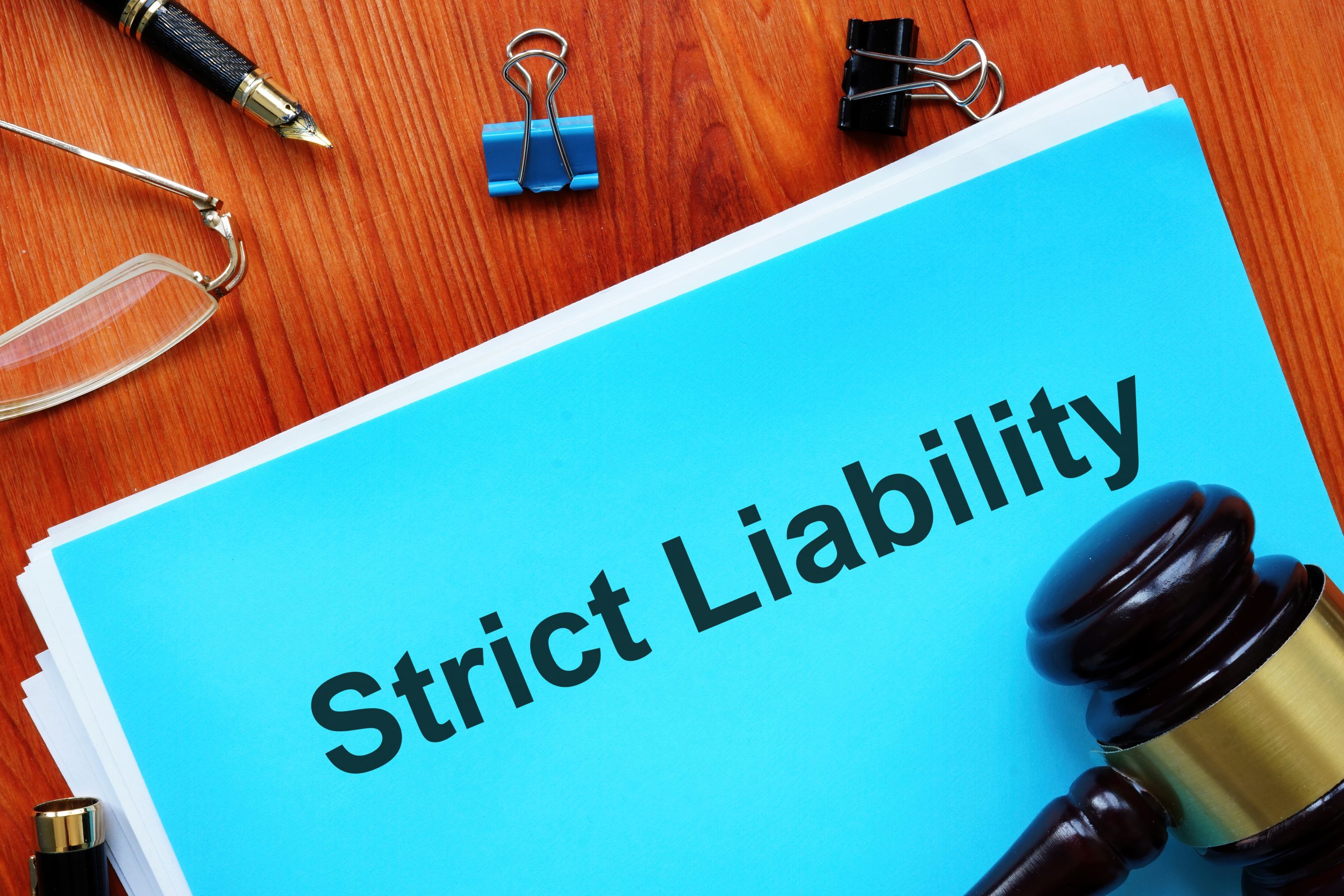 Although most personal injury lawsuits depend on proving negligence, there are certain cases where plaintiffs do not need to show that the defendant was negligent. Strict liability, also called absolute liability, is a legal doctrine that holds a person or entity responsible for a victim’s injuries, even if that party was not negligent or at fault. In cases involving strict liability, defendants can still be held accountable even if they exercised reasonable care.
Although most personal injury lawsuits depend on proving negligence, there are certain cases where plaintiffs do not need to show that the defendant was negligent. Strict liability, also called absolute liability, is a legal doctrine that holds a person or entity responsible for a victim’s injuries, even if that party was not negligent or at fault. In cases involving strict liability, defendants can still be held accountable even if they exercised reasonable care.